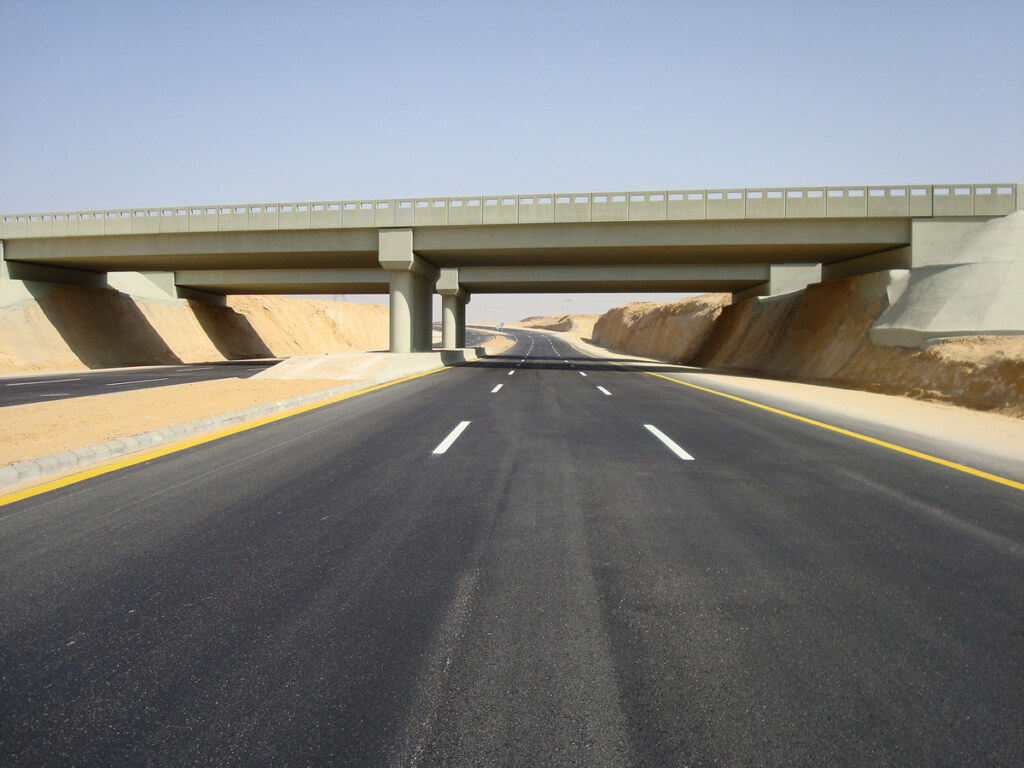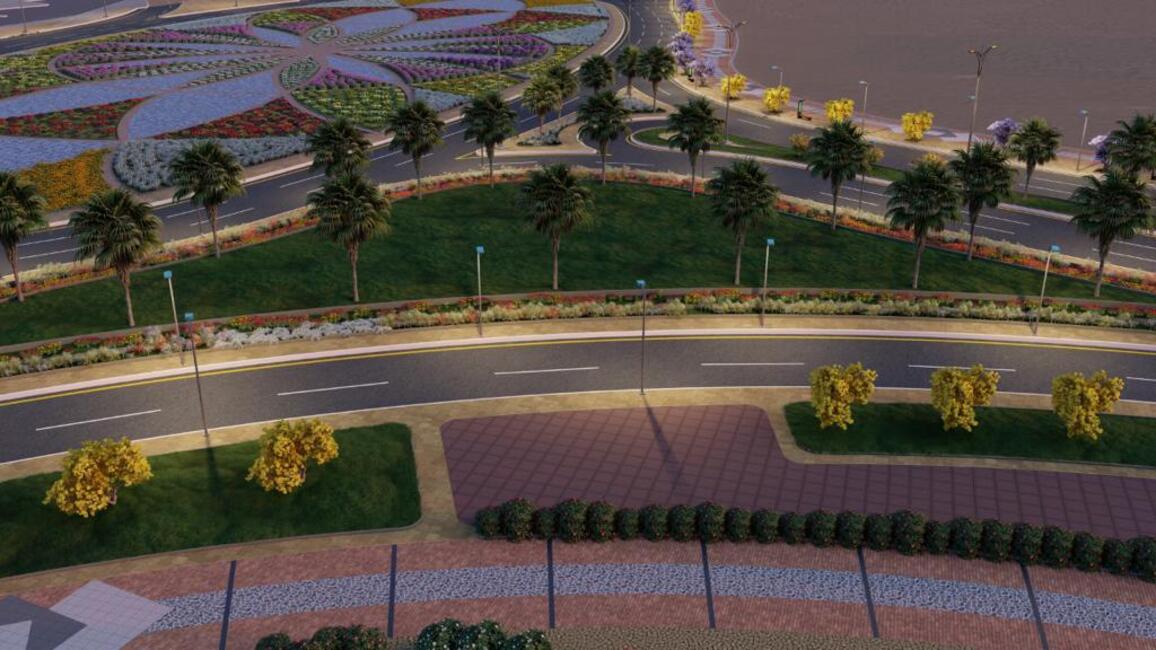Hail’s greatest advantage has always been its geography. Now, with new road corridors cutting across its landscape, that advantage is turning into leverage. The expanding road projects in Hail are creating corridors that guide investment, activate new districts, and reshape real estate patterns across the region.
Positioned between Saudi Arabia’s major agricultural, industrial, and tourism regions, Hail is transforming into a movement hub where goods, travellers, and opportunities converge.
Major Road Projects in Hail
Several critical corridors are redefining movement patterns across the region:
- Hail–Riyadh Highway upgrades: Strengthening long-distance passenger and freight movement
- Hail–AlUla expansion: Improving access to heritage and adventure-tourism routes
- Hail–Jouf road improvements: Supporting agricultural trade flowing from northern farms
- Internal ring road enhancements: Easing traffic and connecting residential districts
- Hail–Madinah corridor links: Enabling smoother regional travel and seasonal movement

These projects collectively enhance Hail’s ability to support logistics, agriculture, tourism, and residential growth.
What Drives Appreciation Near New Roads?
Real estate growth near new infrastructure depends on:
- proximity to key corridors
- zoning potential for commercial or mixed-use activity
- traffic patterns that shift demand to specific districts
- population movement toward newly connected neighbourhoods
These factors help identify where growth will appear as mobility improves.
Investment Opportunities Around Hail
Hail is undergoing a notable investment push supported by road connectivity. According to Invest Saudi and regional economic data:
- Hail hosts over 15,000 agricultural holdings, making it one of the Kingdom’s most productive farming regions.
- The region announced SAR 11 billion worth of new agricultural and food-production investments in recent forums.
- More than 23 investment opportunities were launched in early 2025 across the commercial, tourism, and services sectors.
These figures highlight why road projects are crucial: they unlock the movement required for these economic sectors to grow.
Agro-Industrial Zones
With farms spread across the region, upgraded roads support:
- agro-processing units
- cold-chain storage
- packaging and food manufacturing
- distribution centres for crops and livestock
Logistics and Distribution Corridors
Hail’s location between Riyadh, AlUla, Jouf, and Madinah positions it for:
- large logistics hubs
- warehousing clusters
- freight and transport services
- last-mile delivery centres
Tourism and Heritage Routes
Improved access to Aja and Salma mountains, Jubbah UNESCO site, and AlUla opens opportunities for:
- hotels and eco-lodges
- retail and food-service clusters
- recreation and tourism facilities
Roadside Commercial and Mixed-Use Activity
Districts connected to major corridors see increasing demand for:
- mixed-use buildings
- service stations
- commercial strips
- community-focused centres
These zones follow movement patterns shaped by upgraded infrastructure.
Hail’s Road Expansion
The General Authority for State Real Estate ensures development around major corridors is structured and sustainable. Their role includes:
- coordinating land use
- Allocating plots for emerging zones
- Enabling organised private-sector participation
This creates an environment where infrastructure investment leads directly to real estate and economic expansion.
Find Real Estate Insight at Bayut-KSA
As Hail’s roads reshape how districts evolve, platforms like Bayut-KSA help residents and investors:
- Compare values across neighbourhoods
- Track emerging high-demand areas
- Understand where road upgrades are influencing property trends
This support helps people make informed choices in a region experiencing clear, infrastructure-led growth.





